Introduction
Tea seed cakes, also known as Camellia oleifera seed cakes, are a byproduct of the oil extraction process from the seeds of the tea plant. These cakes, often overlooked, are a treasure trove of natural compounds such as saponins, proteins, and essential nutrients. Historically used in agriculture and traditional medicine, tea seed cakes have gained renewed attention for their eco-friendly and multifunctional properties. This article explores the diverse ways to harness the potential of tea seed cakes, from enhancing soil health to revolutionizing skincare routines. By understanding their composition and applications, users can integrate this sustainable resource into daily life, reducing reliance on synthetic chemicals.
Agricultural Powerhouse: Fertilizing, Pest Control, and Beyond
Tea seed cakes are a boon for sustainable farming. Rich in nitrogen, phosphorus, and potassium (NPK), they act as a slow-release fertilizer, nourishing plants over time. To use, crush the cakes into a coarse powder and sprinkle around the base of crops. For a liquid fertilizer, steep 1 kg of cakes in 10 liters of water for 7–10 days, then dilute the solution (1:10) before applying. This method ensures gradual nutrient absorption, minimizing waste.
Beyond fertilization, the saponins in tea seed cakes serve as a natural pesticide. These compounds disrupt the cell membranes of pests like aphids, nematodes, and snails. To create a pest-repellent spray, soak 500 grams of cakes in 5 liters of water for 24 hours. Strain the mixture and spray it on affected plants, focusing on leaves and soil. Repeat weekly for severe infestations. Notably, this solution is harmless to beneficial insects, making it an ideal alternative to chemical pesticides.
In aquaculture, tea seed cakes are used to clean fish ponds. Their saponins eliminate parasites and harmful bacteria without harming aquatic life. Dissolve 20–30 grams of cakes per cubic meter of water and distribute evenly. This practice not only purifies the ecosystem but also enhances fish health.
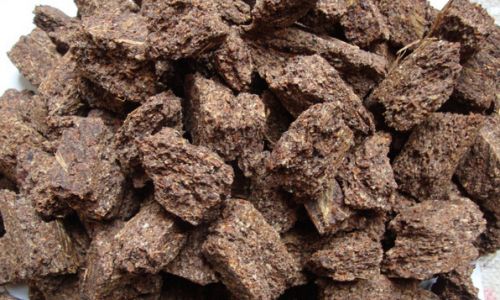
Household Hero: Cleaning, Laundry, and Drain Maintenance
The saponins in tea seed cakes act as natural surfactants, making them excellent for household cleaning. To create an all-purpose cleaner, grind 100 grams of cakes into a powder and mix with 2 liters of hot water. Let it steep overnight, then strain. Use the liquid to wipe surfaces, mop floors, or clean windows. Unlike commercial cleaners, this solution leaves no chemical residue and is safe for pets and children.
For laundry, substitute tea seed cake solution for detergent. Add ½ cup of the liquid to washing machine cycles or handwash fabrics. It effectively removes stains and odors while preserving fabric colors. However, avoid using it on delicate silks or woolens, as the natural saponins may cause slight fading.
Clogged drains? Tea seed cakes can help. Pour 1 cup of crushed cakes down the drain, followed by a kettle of boiling water. The saponins break down grease and grime, restoring flow without corroding pipes. Repeat monthly for preventive maintenance.
Skincare and Beauty Elixir: Exfoliation, Hair Care, and Moisturization
Tea seed cakes are a secret weapon in natural beauty regimens. Their coarse texture makes them an ideal exfoliant. To create a facial scrub, mix 2 tablespoons of finely ground cakes with 1 tablespoon of honey or yogurt. Gently massage onto damp skin in circular motions, then rinse. This removes dead cells, unclogs pores, and reveals a radiant complexion.
For hair care, tea seed cake powder acts as a gentle shampoo. Mix 3 tablespoons of powder with ½ liter of warm water, let it sit for an hour, then strain. Apply the liquid to wet hair, massage into the scalp, and rinse thoroughly. The saponins cleanse without stripping natural oils, leaving hair soft and voluminous. Regular use may reduce dandruff and itchiness.
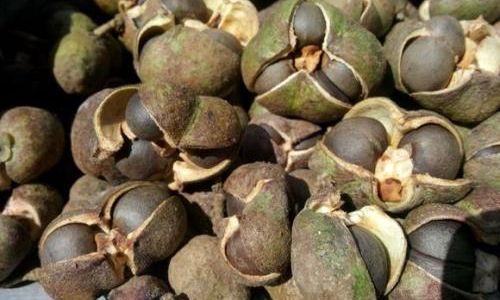
To extract tea seed oil for moisturization, cold-press the crushed cakes. Warm the oil slightly and massage into skin or hair. Rich in antioxidants and fatty acids, it hydrates dry patches, soothes irritation, and strengthens hair follicles. Patch-test first to check for allergies.
Industrial and Eco-Friendly Innovations
Beyond individual use, tea seed cakes contribute to industrial sustainability. Their saponins are used in biodegradable soaps, shampoos, and detergents, reducing plastic waste. Additionally, the residual pulp after oil extraction can be processed into animal feed or biomass fuel, promoting circular economies.
In landscaping, tea seed cake solutions deter pests in ornamental gardens without harming pollinators. Mix with compost tea for a dual-action soil tonic that boosts plant immunity and microbial activity.
Preparation and Safety Guidelines
To prepare tea seed cake solutions, always wear gloves to avoid skin irritation from saponins. Use a blender or mortar and pestle to grind cakes into a fine powder. For liquid extracts, store in airtight containers away from sunlight to preserve potency.
Safety precautions include avoiding contact with eyes (rinse immediately if exposed) and keeping solutions out of reach of children. While rare, allergies may occur; conduct a patch test before topical use.
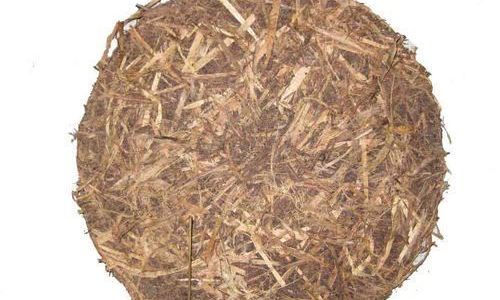
Creative and Unconventional Uses
- Pet Care: Add a teaspoon of tea seed cake powder to pet shampoos to repel fleas and ticks.
- Foot Soak: Soak feet in warm water with 2 tablespoons of powder to combat odor and soften calluses.
- Garden Pest Traps: Mix with molasses to lure and drown slugs and snails.
Conclusion
Tea seed cakes exemplify the adage “waste not, want not.” From revitalizing soil to cleansing skin, their applications are limited only by creativity. By adopting this ancient resource, users embrace sustainability, reduce chemical exposure, and unlock a world of natural solutions. Whether you’re a gardener, homemaker, or eco-conscious consumer, tea seed cakes offer a versatile, affordable, and earth-friendly alternative to conventional products. Experiment with these methods, and witness the transformative power of nature’s humble gift.
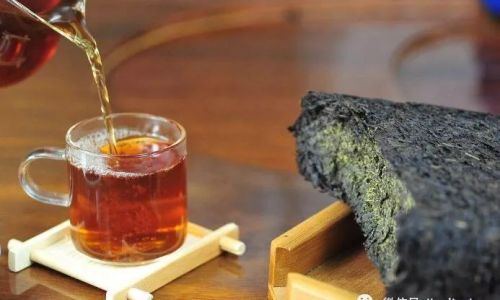
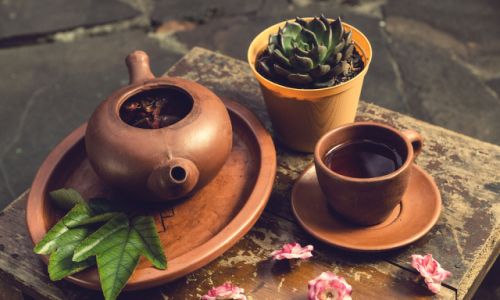
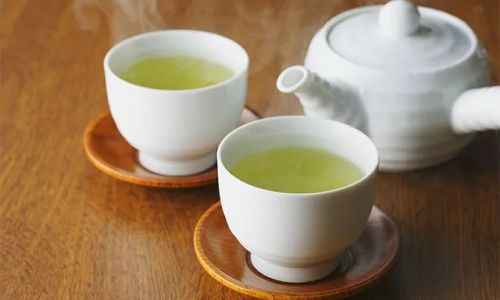
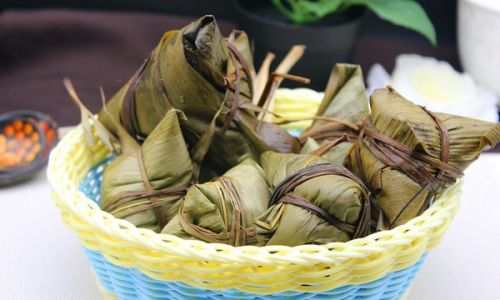
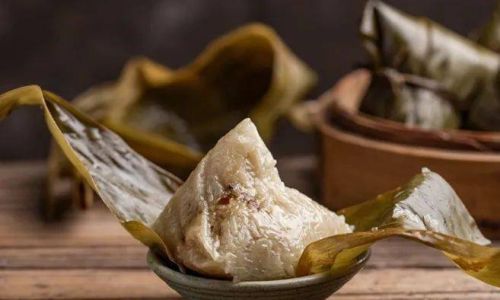
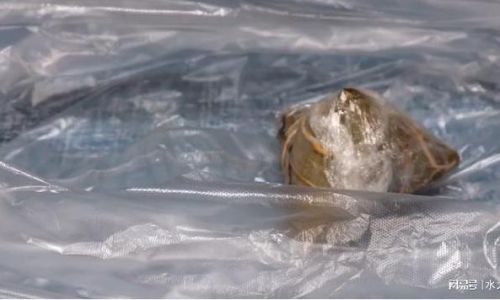
0 comments